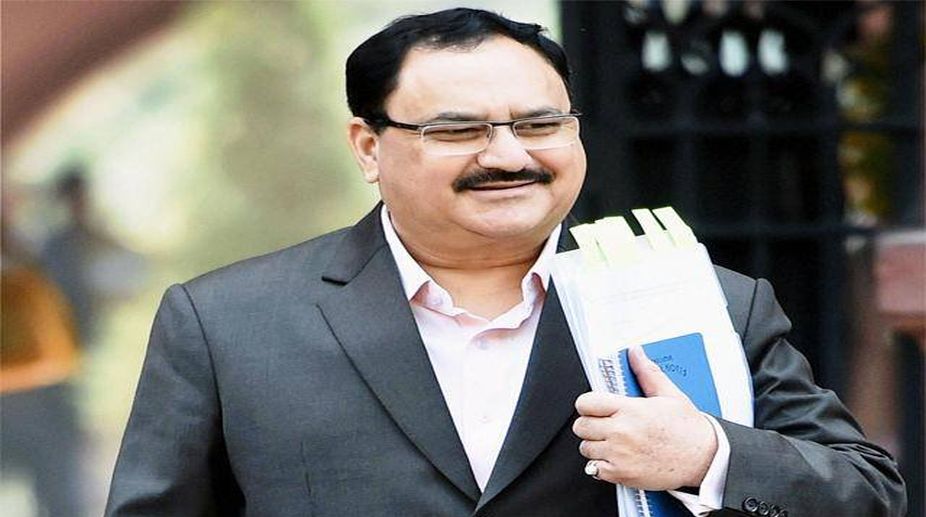Odisha Govt hospitals struggling with bed shortage, points out CAG
Against the requirement of 91,392 hospital beds, as per the National Health Policy- 2017, only 32,767 beds (64 percent shortage) were available in the State.

Union Health Minister J P Nadda (PHOTO: TWITTER)
Unveiling the National Health Policy which entails raising of public expenditure to 2.5 per cent of GDP from the current 2 per cent, Union Health Minister J P Nadda on Thursday said the new Health Policy 2017 prioritises investments and financing of health services.
The policy, he said, seeks to reorient and strengthen the public health systems by strengthening partnership with private sector. "As a crucial component, it proposes raising public health expenditure to 2.5 per cent of the GDP in a time-bound manner. The policy advocates a progressively incremental assurances-based approach," Nadda said while making a policy statement in Parliament.
Advertisement
Stating that the policy envisages providing a larger package of assured comprehensive primary health care through health and wellness centres, Nadda said the policy denotes an important change from very selective to comprehensive primary health care packages.
Advertisement
These, he said, include care for major non-communicable diseases, mental health, geriatric health care, palliative care and rehabilitation care services.
"In order to provide access to financial protection, it proposes free drugs, free diagnostics, and free emergency and essential healthcare in all public hospitals," Nadda added.
The Policy, which was cleared by the Cabinet yesterday, also envisions increasing life expectancy to 70 years from 67.5 years and proposes free diagnostics and drugs at all public hospitals.
It also seeks to empower patients by setting up tribunals where an aggrieved person can seek redressal of grievances over treatment.
The policy aims at reaching health care in an assured manner to all and also at reducing Under-Five Mortality to 23 by 2025 and Maternal Mortality Rate to 100 by 2020. It targets at reducing infant mortality rate to 28 by 2019 and neo-natal mortality to 16 and still-birth rate to single digit by 2025.
He said the policy also proposes reduction of fertility rate to 2.1 by 2025 and free diagnostics and drugs at all public hospitals.The policy seeks to move health care away from "sick care to wellness", with thrust on prevention and health promotion, the minister said.
"The National Health Policy 2017 is a huge milestone in the history of health sector in the country. The last national policy was framed in 2002," he said. It also seeks to achieve and maintain elimination of leprosy by 2018, kala-azar by 2017 and lymphatic filariasis in endemic pockets by 2017.
"This policy has come after a gap of 15 years to address the current and emerging challenges necessitated by the changing socio-economic, technological and epidemiological landscape," he said.
The policy aims at attaining the highest possible level of health and well-being for all ages through preventive and promotive health care and universal access to quality health services without anyone having to face financial hardship as a consequence, he said.
This would be achieved by increasing access, improving quality and lowering the cost of health care delivery, Nadda said. Yoga would be introduced much more widely in schools and workplaces as part of promotion of good health, he said.
Advertisement